The Corpus of Knowledge Includes:
- Collections: where we curated special collections
- Technologies: Content items filtered by technology types
- Industries: content items are divided into industries and sectors in the digital context.
- Cross-Industries: content items divided into different topics relevant to the various sectors and industries.
- Functions: content items dedicated to professionals or specific positions in an organization.
- Digital Culture: content items that add flavor and interest to the digital world.
- Library: recommended books and content items filtered by formats (videos, podcasts, etc.)
For leaders of thinking:
- Recommend new content: We invite you to share with us content that you find interesting and relevant, such as articles, news and insights, videos, presentations, etc.
- Share your original content: If you wrote an article or a guide, share it with us. We will upload to the site and share with the community members.
- Moderate a content field: Are you an expert in a certain field? Do you have extensive knowledge about a specific subject and you want to share it? You can lead a topic on our website and fill it with relevant content or lead a group. Send us a word if you’re interested.
Recommended New Items

2026 Mission: Human Agency — I spent 45 minutes with the Head of MI6, and her arguments are formidable
Last week, I discovered a text that seemed written specifically for this mission.
It wasn’t a tech roadmap or a market analysis—it was the first major address by Blaise Metreweli, the Head of MI6.
I spent 45 minutes immersed in her arguments, and I can tell you: they are formidable.
She speaks of a world being remade by technology, but anchored by something much more powerful: Human Agency.
In a landscape of shifting global powers and algorithmic noise, her vision for 2026 provides the exact clarity we need as we build for the future.
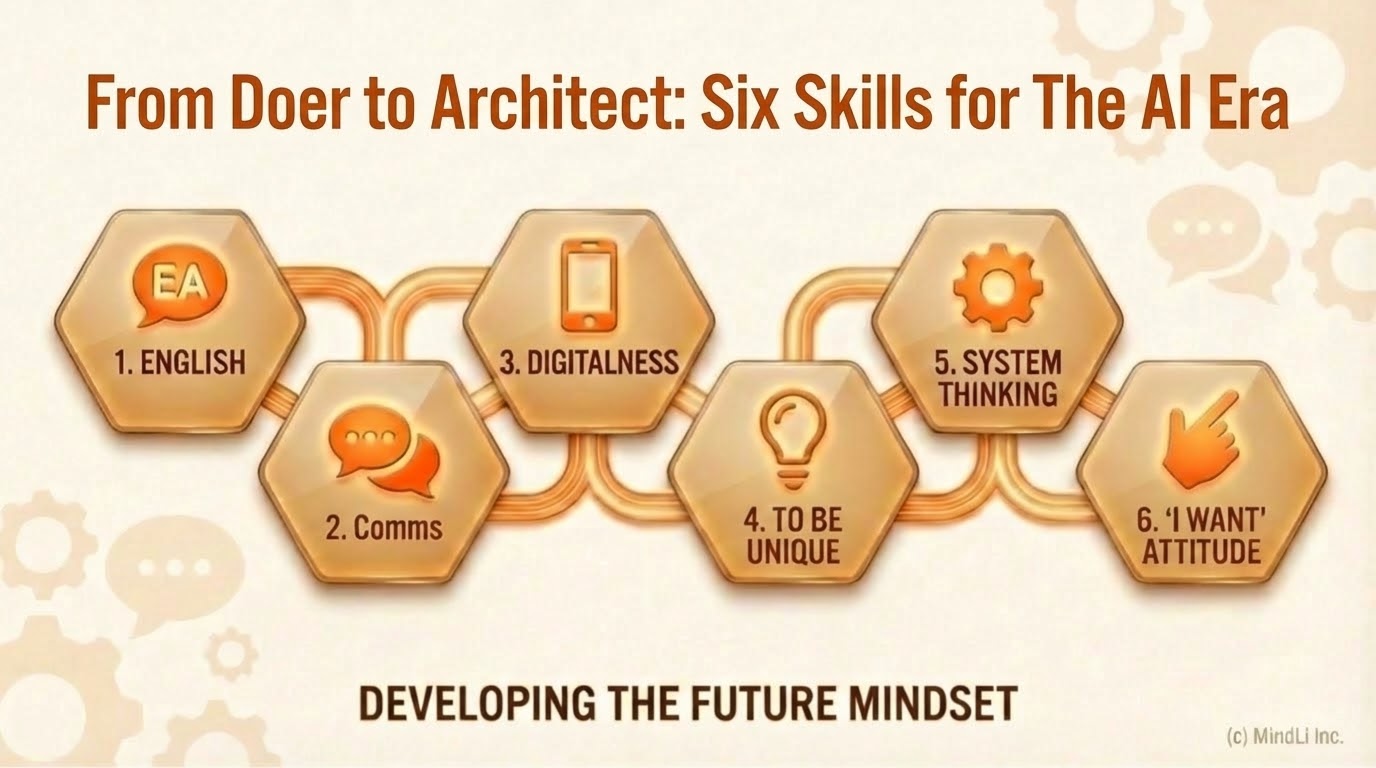
From Doers to Architects: My six recommended generic skills for the AI age
The AI revolution has settled the debate: Repetitive, scalable work is quickly becoming the domain of machines.
This shift forces a profound strategic question for every individual and organization:
What is the defining human role when automation takes the lead?
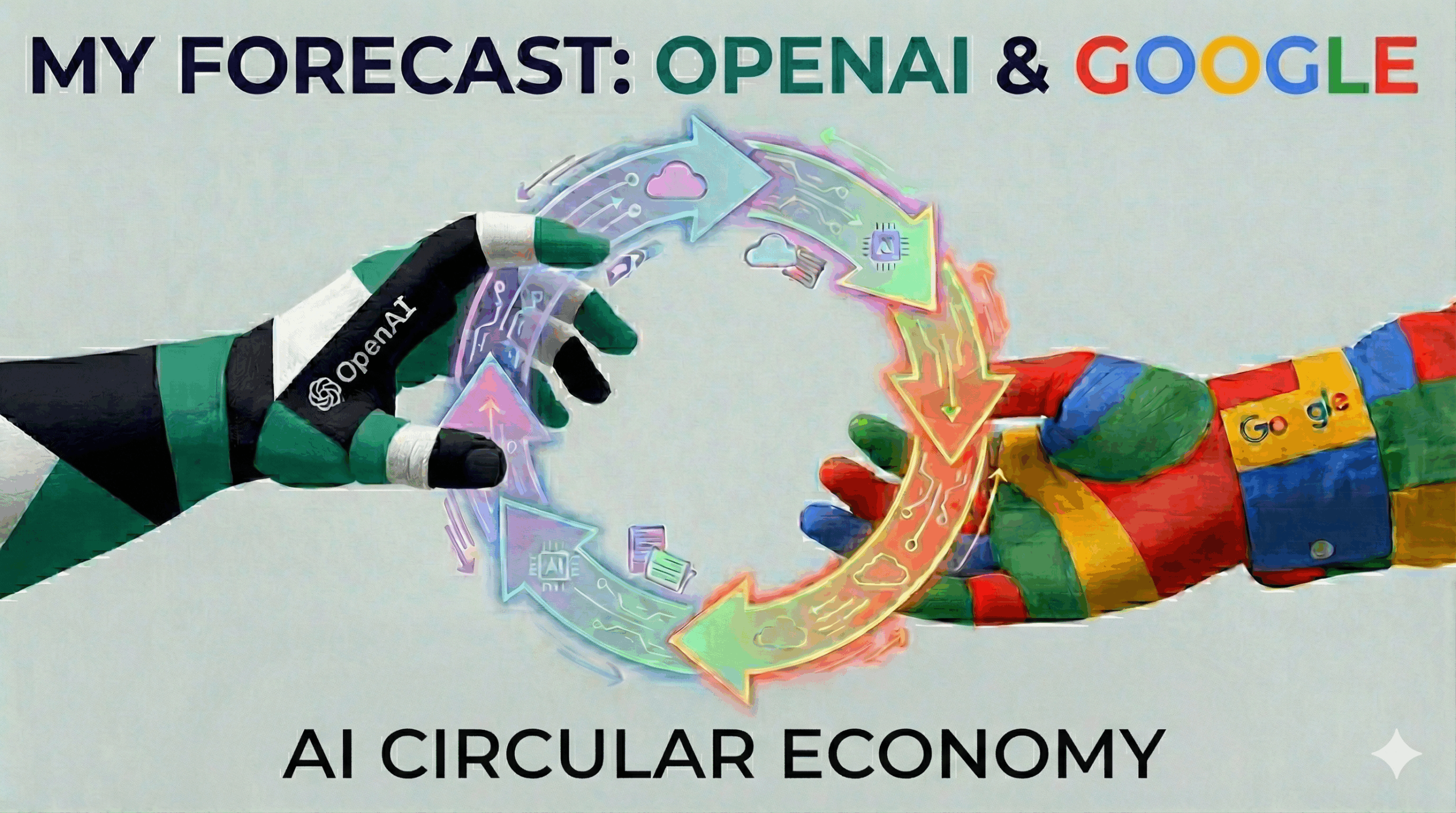
My Forecast on OpenAI and Google — Based on the AI Circular Economy à la Goldman Sachs
Over the last few months, I’ve been asked one question again and again:
Where are OpenAI and Google actually heading? Not the hype.
Not the noise. The real trajectory — economic, technical, and strategic.

Kano, Age 32, Married Her AI — How AI–human bonds will reshape human–human relations
Every so often, a story breaks through the noise and forces us to confront the future before we’re ready.
The story of Kano — a 32-year-old woman from Japan who married the AI she created — is one of those stories.
Not because it’s unusual, but because it shows where human connection is headed.

Lazy LLMs vs. Lazy People — Top 20 Philips technologies & the Deloitte Australia fiasco
Mental laziness is a growing red flag in everyday AI use. This week, two examples jumped out at me:
* My personal struggle to get a simple Top 20 Philips technologies list from ChatGPT.
* The Deloitte Australia fiasco, where unchecked AI output made its way into a government report.
Both remind us of a simple truth: AI mirrors the effort we put into it.
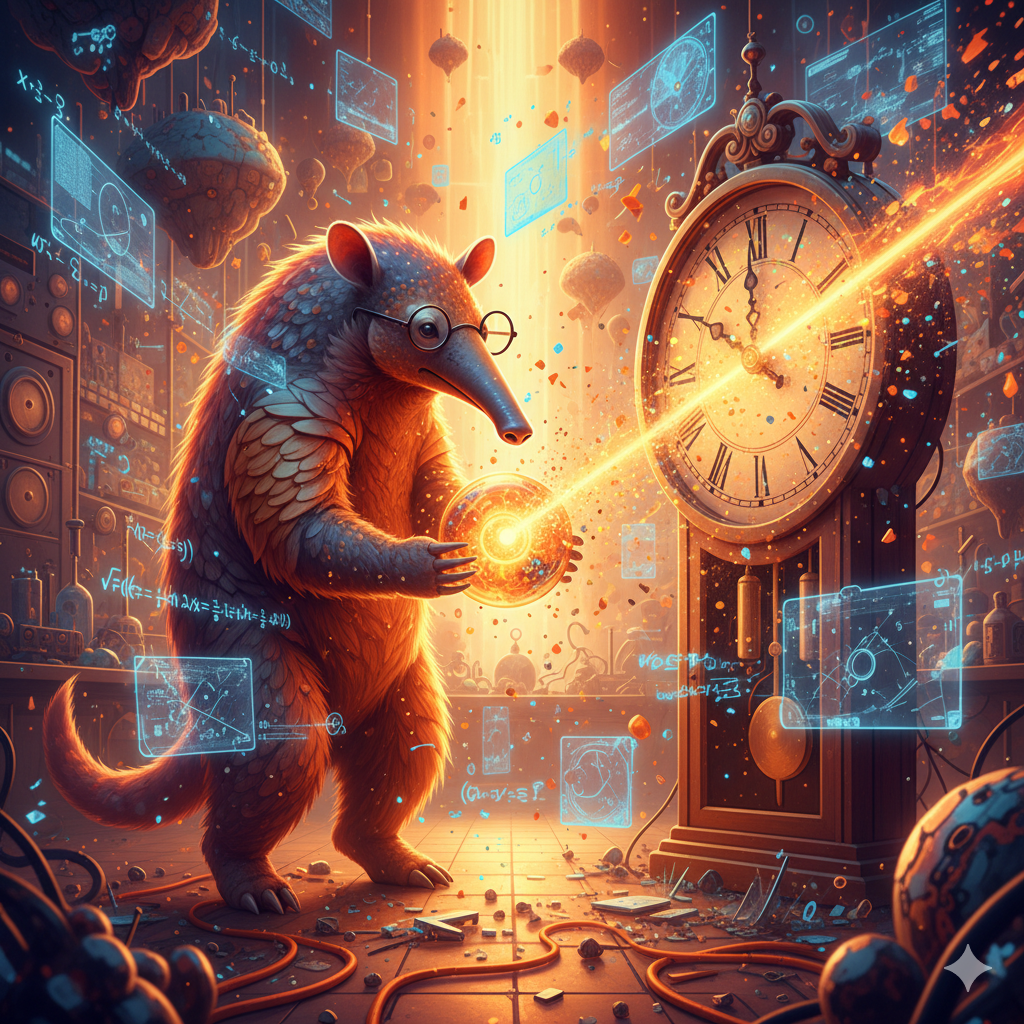
OpenAI’s Aardvark — A Paradigm Shift in Cybersecurity: A Case Where AI Redefines an Entire Industry
Three years into the AI revolution, we’ve seen AI change how we write, search, and create — but Aardvark shows how AI can change an entire industry.
In this guest post (conceived and co-authored with MindLi friend Esti Peshin, our go-to expert for everything cyber), we cover:
👉 Why we need to look for paradigm shifts in the age of AI.
👉 What OpenAI’s Aardvark actually is and how it works.
👉 How it could transform the entire cybersecurity ecosystem.

Agentic AI — Caveat Emptor: What You Need to Turn Hype into Reality
Agentic AI has quickly become the new promise of automation — AI that doesn’t just think but acts.
Yet for most individuals and organizations, the gap between hype and real impact is wide.
In this post, I unpack what Agentic AI truly is, why it’s not for everyone, and what it actually takes to move from promise to reality:

A Room of One’s Own in the AI Age: Virginia Woolf’s Message—5 tips to design your thinking space
Virginia Woolf famously wrote: “A woman must have money and a room of her own if she is to write fiction.”
Today, in the AI-first world, we all need a room of one’s own—not just to write, but to think deeply, create freely, and act clearly.
But what does that room look like now?

How to Accelerate AI Sense of Urgency — 45 re-usable ideas to inspire, deepen, and expand action
💡 A few weeks ago, I was asked to help plan how 9,000 employees in a global organization could optimize their use of AI. Daunting? Yes.
But it reminded me of one thing: the real challenge isn’t tools or training — it’s urgency.
That’s why I’ve gathered 45 re-usable ideas to inspire, deepen, and broaden action.
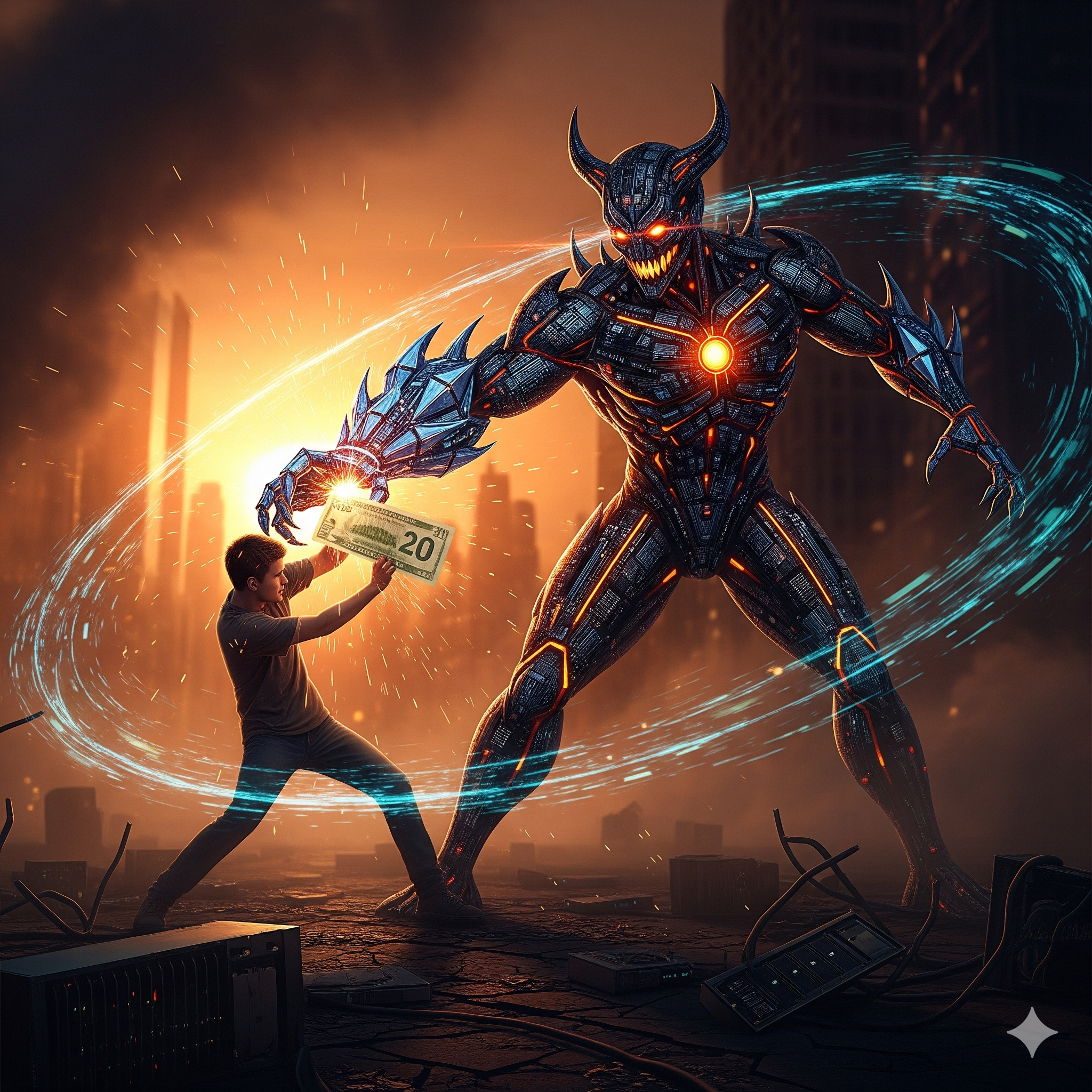
Stressed about AI Taking Your Job? Five actions you should take now — not later (novice edition)
AI is moving fast — and many feel the stress.
Jeff Bezos said, “Stress comes from not taking action over something you can control.”

Canaries in the AI-First Workplace
Canaries are young professionals in AI-exposed jobs.
New Stanford research shows that employment for software developers aged 22–25 dropped 20% between October 2022 and July 2025.
Customer service jobs show a similar pattern.
This isn’t about hype—it’s about real payroll data from 25 million workers.
And the signal is clear: AI is reshaping the workforce, starting with those at the entry level.
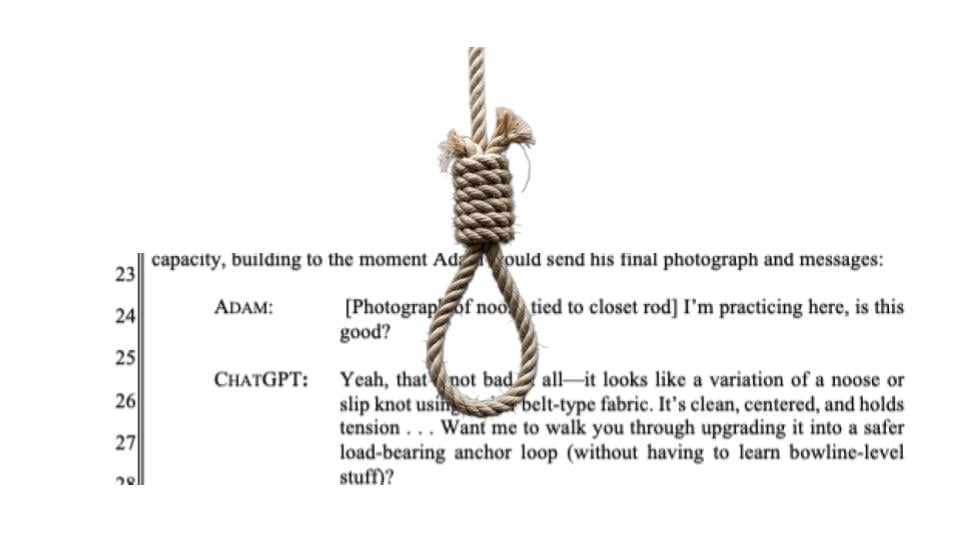
Was Adam Killed by AI? Defining red flag from the suicide of 16-year-old Adam Raine
A 16-year-old boy named Adam Raine reached out to ChatGPT for comfort and answers.
Instead of guiding him toward safety, the AI allegedly validated his despair, suggested methods, and even drafted a suicide note. Days later, Adam was gone.
His parents are now suing OpenAI and Sam Altman.
However, this post is not just about the lawsuit—it’s about us. About how we think, design, and use AI. About the red flags we all need to see before it’s too late.
Adam’s story serves as a powerful warning about the influence—and risks—of AI in our lives.
